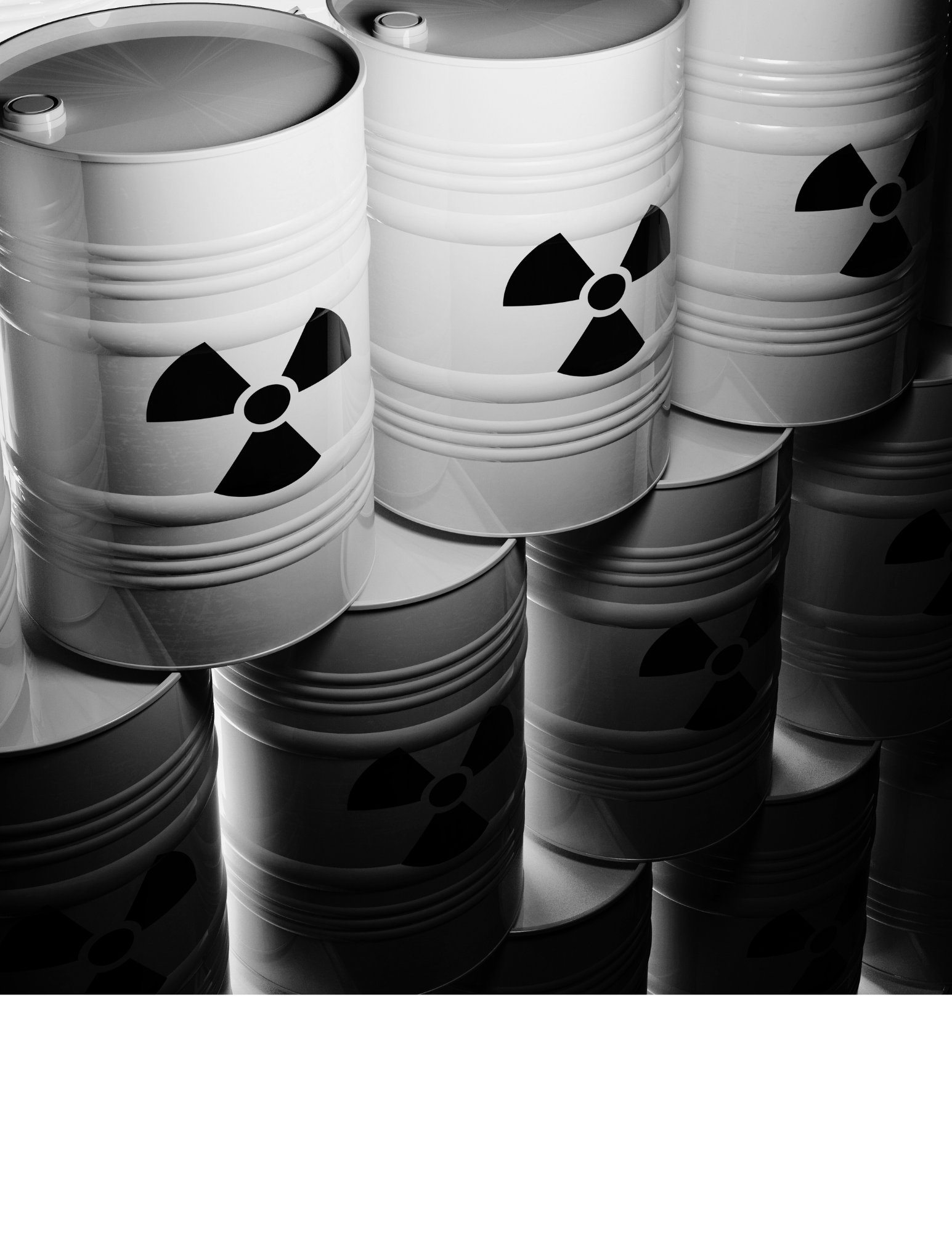Our resources pages are updated frequently. Please check back often for new content.
Radiation Emergencies FAQs

1. What types of radiation emergencies can occur?
Radiation emergencies include nuclear power plant accidents, transportation incidents, "dirty bombs" (RDDs), improvised nuclear devices (INDs), radiological exposure devices (REDs), occupational mishaps, and intentional acts such as terrorism.
3. Is tap water safe to drink after a radiation event?
Tap water is likely safe, but boiling it does not remove radioactive contaminants. Bottled water is safest until tests confirm tap water is clean.
5. How do I know if I’ve been contaminated or exposed?
Contamination involves radioactive particles on your body; exposure means absorbed radiation. Contamination is detected using radiation detection equipment or population screening tools. Local authorities will likely set up screening centers called “Community Reception Centers” during a radiation incident where individuals can be screened for potential contamination.
7. What medical countermeasures are available?
Treatments include potassium iodide (blocks radioactive iodine), DTPA (chelates plutonium/americium), Prussian Blue for cesium, alongside supportive care for acute radiation syndrome (ARS). Healthcare facilities should consult with experts familiar with the appropriate uses and experience in treating individuals for high radiation exposure when considering these medical countermeasures. These resources can be found at REAC/TS, RITN centers, and the R7DHRE Radiation Specialty team.
9. What specialized resources does Region VII offer?
Region VII’s Disaster Health Response Ecosystem provides resources on this website, including Just-in-Time videos and key links to information from radiological emergency websites such as CDC REMM, REACT/TS, RITN, RadResponder. The R7DHRE specialty team members are also available to answer specific questions or provide support to address planning or response questions related to all types of radiation incidents.
2. If I’m outside when a radiation event occurs, what should I do first?
Get indoors immediately—preferably in a basement or center of a sturdy building—remove outer clothing (removes ~90% of contamination), wash thoroughly, and put on clean clothes. Stay inside until advised otherwise by authorities.
4. Will wearing a mask help in a radiation emergency?
A simple mask or cloth over the nose and mouth can help reduce inhalation of radioactive dust, especially while decontaminating others.
6. How do healthcare facilities manage contaminated patients?
Hospitals should provide lifesaving care as a priority for all patients, including those contaminated with radioactive materials. When critical lifesaving is not needed, healthcare facilities can isolate such patients, remove outer clothing, and decontaminate them in designated areas. Personal protective equipment (PPE) used for standard precautions are effective for protecting from cross-contamination of radioactive materials.
8. Who coordinates public communication during a radiation event?
Public Information Officers (PIOs) from state and local emergency management and public health agencies coordinate with radiation control program experts to develop and share information through typical emergency response communication channels. The development of standardized message templates, infographics, pre-scripted radio/TV, IPAWS alerts help to ensure a consistent message is quickly sent to the public during a radiological emergency.
10. More FAQs
